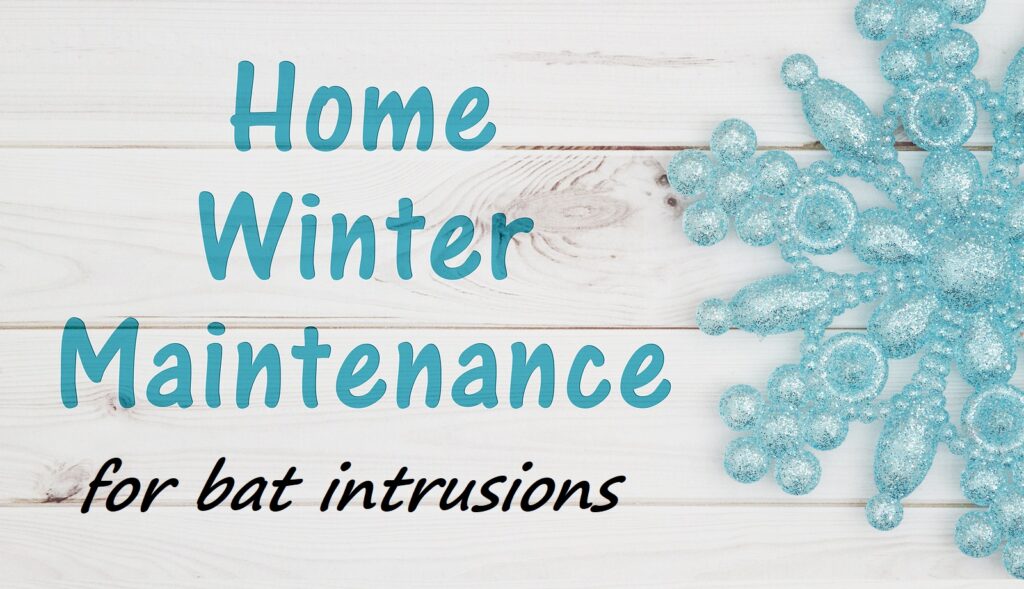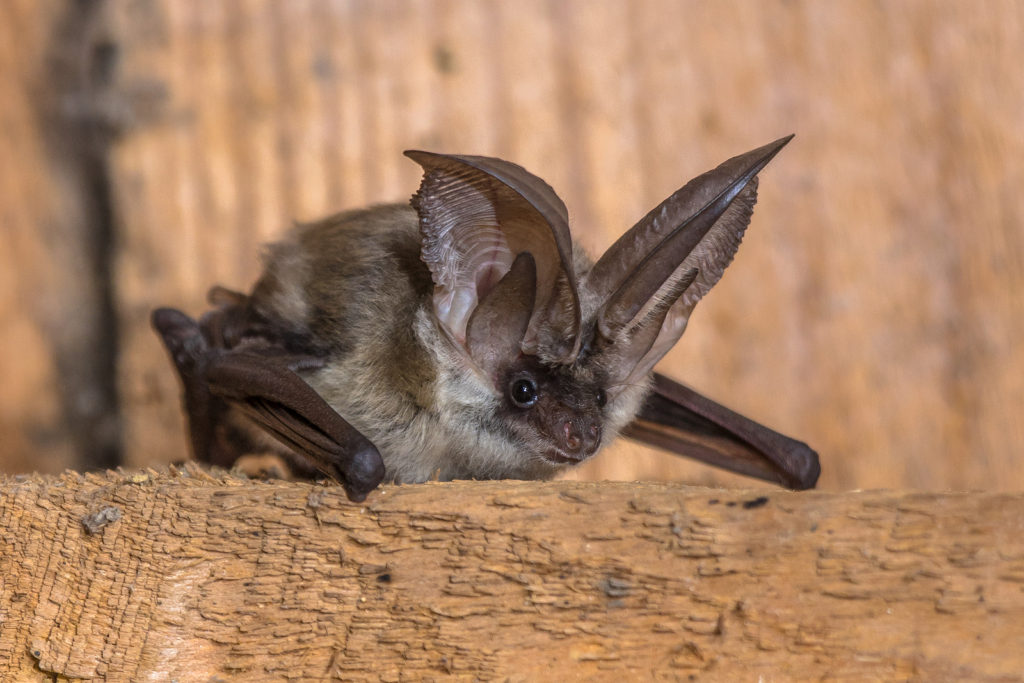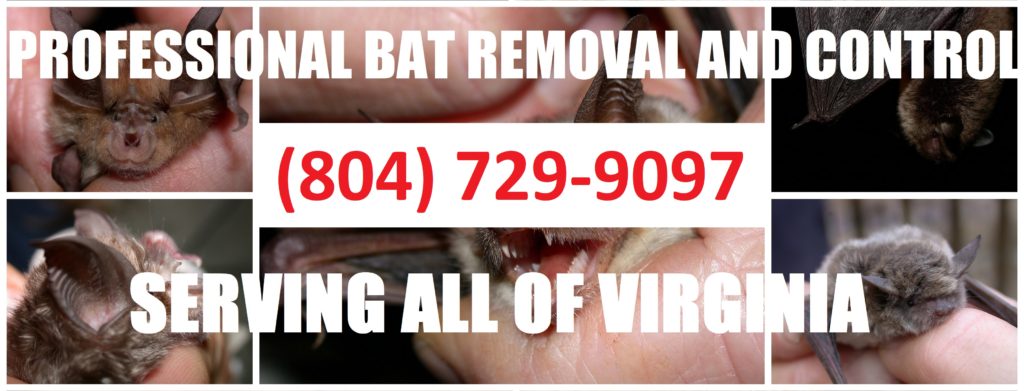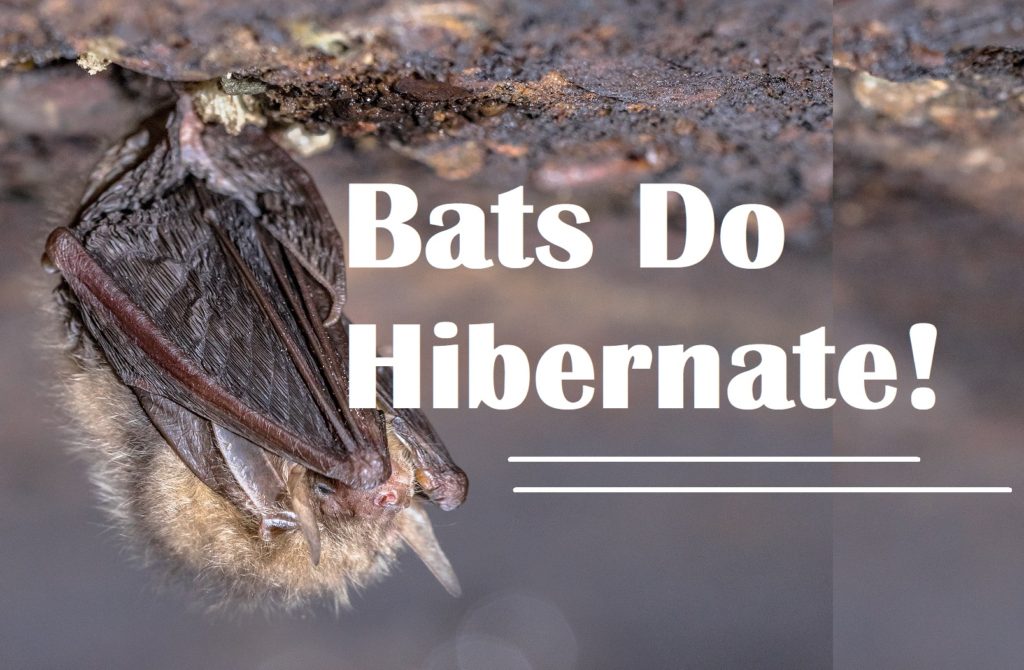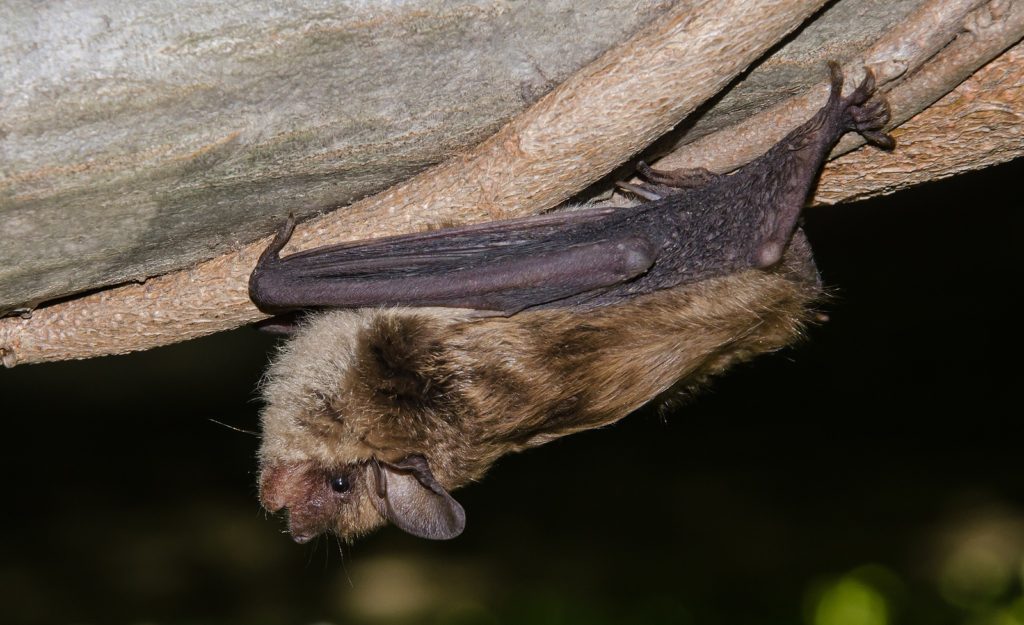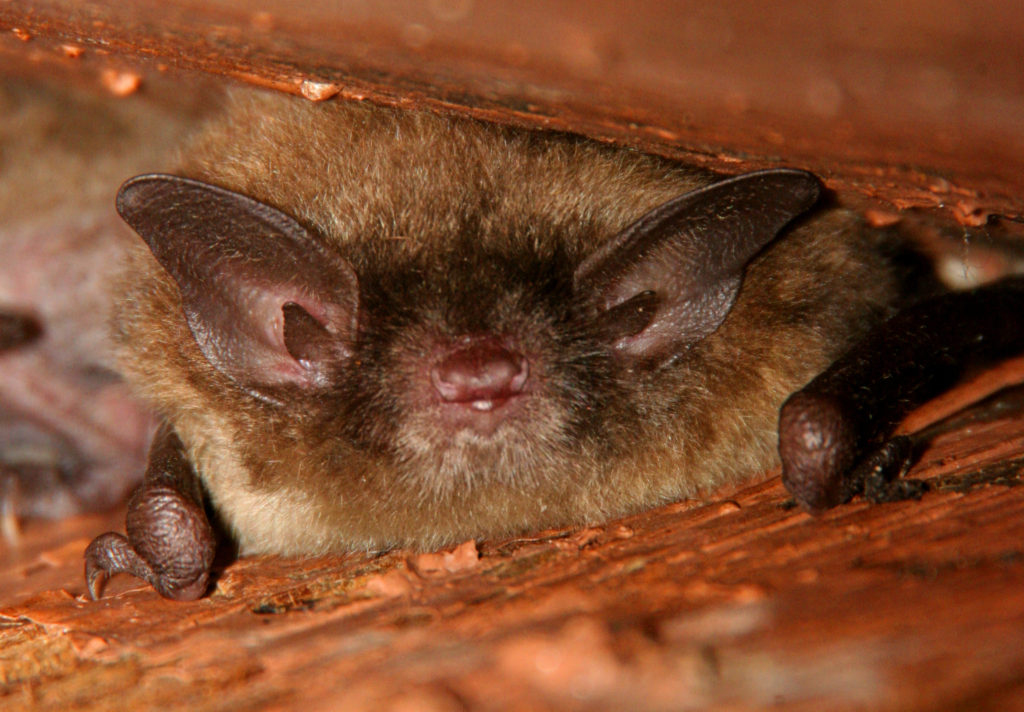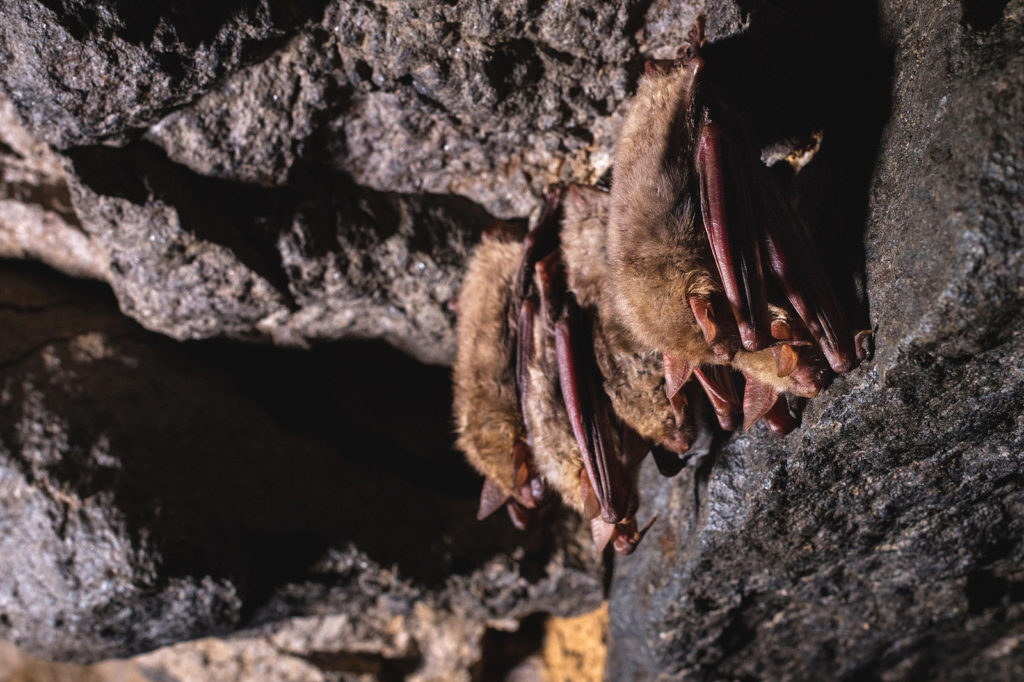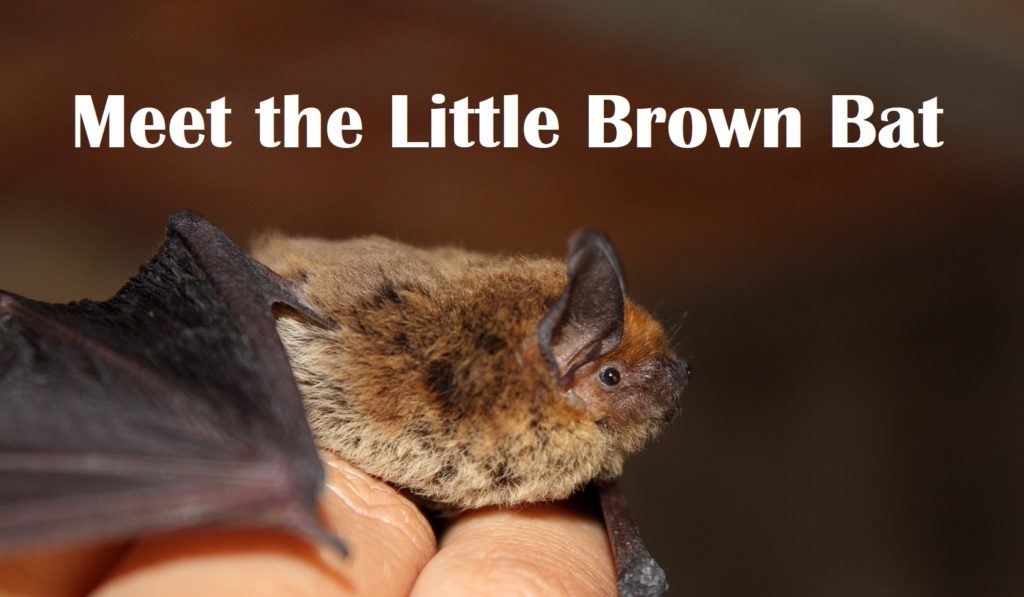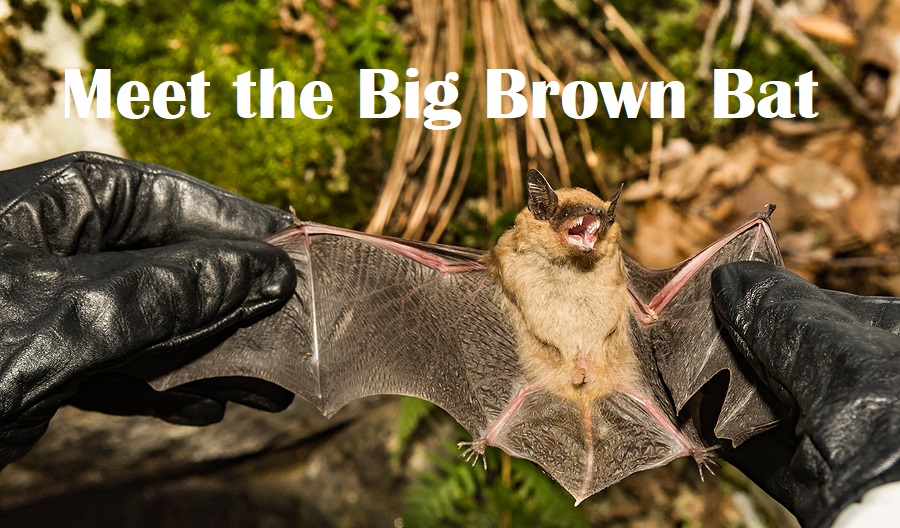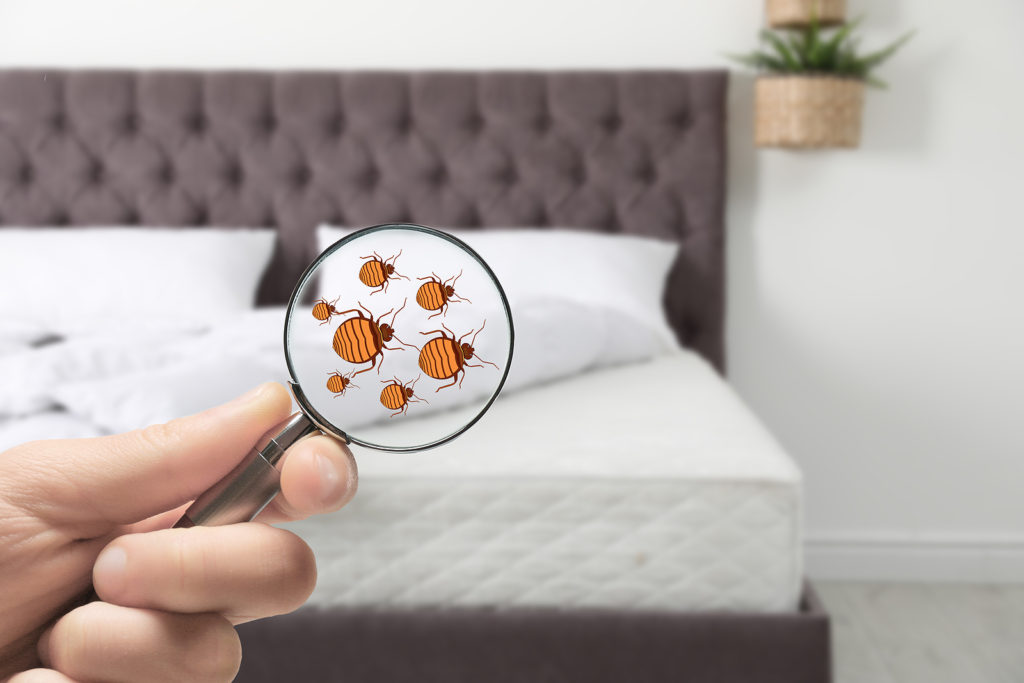We love animals. We just don’t want them taking shelter in or around our homes and businesses. Animals like bats are highly beneficial to our Eco-system and economies, but they are also highly destructive, even known carriers of several infectious diseases. So, although we don’t want bats hanging around, we also don’t want them to be affected by our animal abatement methods in a negative way. Fortunately, for people like you and me, there is a safe and humane way to get rid of bats using a homemade, nontoxic solution.
Continue reading to learn how to make your very own bat repellent using the top 3 most effective and safest ingredients.
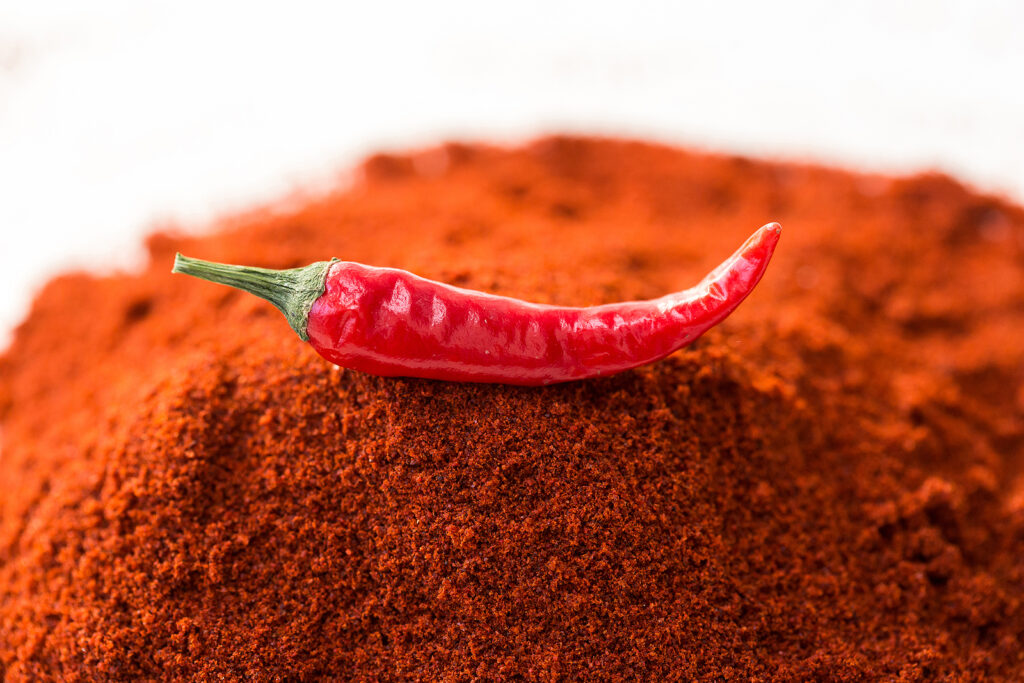
Animal Repellent Spray Supplies
A spray solution is the easiest way to make an animal repellent for bats, plus the easiest to apply. To make a homemade bat repellent, you will need clean water, a clean plastic spray bottle that is at least 16 ounces, and a few household ingredients. Now, there are several ingredients you can add to your bat repellent solution, but the top ingredients that bats really seem to hate include putrescent egg, capsaicin, and menthol.
It is also suggested that mothballs work well to repel bats, however they may not be safe for homes with children and pets. Likewise, capsaicin may also irritate the eyes, nose, and throat, so aim to apply your repellent far away from children and pet play areas. If that’s not possible, it may be a good idea to leave it out of your solution, altogether.
Why They are Suggested to Work
Putrescent egg is scientifically formulated to mimic the smell of a decaying animals, which bats perceive as a predatory zone. They will steer clear is such danger zones. Capsaicin is the main ingredient in hot peppers. It is responsible for the burning, tingling sensation that you experience when you eat something with hot sauce or hot peppers in it. Bats do not like these smells and sensations, and will stay away from them at all costs. The same applies for menthol. If you cannot access capsaicin, you can substitute it with cayenne pepper or red chili pepper. If you cannot access menthol, mint works well too.
WHAT YOU WILL NEED:
▶ Clean Water
▶ Clean Plastic Spray Bottle
▶ Putrescent Egg Solids
▶ Capsaicin Oil
▶ Menthol Oil
Where to Buy Animal Repellent Ingredients
You can purchase putrescent egg at any local home improvement or garden store. You may be able to purchase them at local farmers’ markets and through private sellers, online. Capsaicin oil and menthol oil can be purchased online through any common retailer, or you can purchase them at any local department store. The grocery or drug store might even have them in the pharmacy more wellness section.
How to Make Bat Repellent:
➀ Fill the plastic spray bottle 3/4 of the way with clean water.
➁ Add ¼ cup of putrescent egg solids.
➂ Add 10 drops of capsaicin oil.
➃ Add 10 drops of mental oil.
How to Use Bat Repellent:
➀ Make sure that To the bottle is secured on tightly.
➁ Gently turn upside down and right side up a few times to ensure the solution mixes.
➂ Spray in high traffic areas or around the perimeter of your property to keep bats out.
Does it seem like no matter what you try you continue to have a problem with nuisance bats? Just contact Virginia Bat Pros at 804-729-9097 for licensed and insured bat removal and control you can afford. We serve residential and commercial properties.
Related Posts:
Can I Get Rid of Bats Myself?
The Top Three Signs that You Have Bats in the House
How to Safely Support Local Bat Colonies


